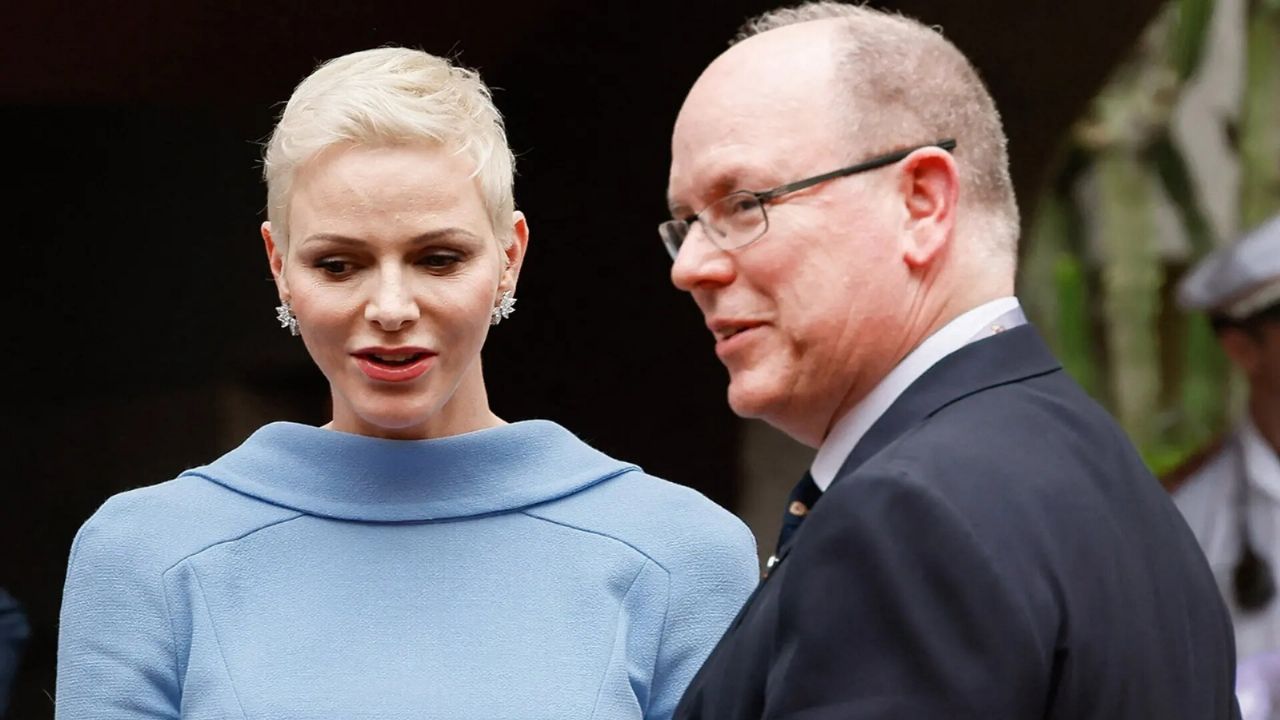Proposed French Law: Banning Hijabs For Under-15s In Public Spaces

Table of Contents
The Proposed Legislation: Key Provisions and Rationale
The proposed law aims to prohibit girls under the age of 15 from wearing the hijab in all public spaces within France. This includes schools, parks, streets, and any other areas accessible to the public. The legislation does not explicitly outline exceptions, leaving room for interpretation and potential future challenges.
- Specific age limit (under 15): The government justifies this age limit by arguing that girls under 15 are particularly vulnerable to societal pressures and may not possess the maturity to make fully informed decisions about their religious attire.
- Definition of "public spaces": The definition of "public spaces" is broad, encompassing a wide range of areas accessible to the public, potentially leading to ambiguities in its application.
- Potential penalties for non-compliance: The proposed law suggests penalties for non-compliance, likely including fines for parents or guardians. The exact details of these penalties are yet to be finalized.
- Government's stated rationale: The government's primary rationale centers on upholding the principle of laïcité, the strict separation of church and state, and the protection of minors from what it perceives as undue religious influence.
Arguments in Favor of the Ban
Supporters of the ban emphasize the importance of protecting children from potential coercion and ensuring their autonomy. They argue that the law safeguards the principle of laïcité, a cornerstone of French society.
- Emphasis on French principles of laïcité: Proponents argue the ban is necessary to uphold the fundamental principle of secularism, preventing the public display of religious symbols in public spaces.
- Concerns about potential coercion of young girls: The argument is made that young girls may be pressured by family members or community leaders to wear the hijab, limiting their freedom of choice.
- Arguments about safeguarding children's autonomy and right to choose: Supporters contend that the law protects the right of children to freely develop their identities without the constraints of religious attire imposed at a young age.
- Potential societal benefits cited by proponents: Proponents believe the ban will foster greater social cohesion and reduce potential tensions related to religious differences.
Arguments Against the Ban
Opponents of the proposed law argue that it violates fundamental human rights, specifically religious freedom, and will lead to increased marginalization of Muslim communities.
- Violation of religious freedom and human rights: Critics argue that the ban infringes upon the religious freedom of Muslim girls and their families, a right protected under international human rights law.
- Potential for increased marginalization and stigmatization of Muslim communities: The law could exacerbate existing tensions and prejudices against Muslim communities in France, leading to further social exclusion.
- Concerns about the practical enforcement of the law: Opponents question the practicality of enforcing such a law and the potential for discriminatory application.
- Arguments about parental rights and children's agency: The ban raises concerns about parental rights and the ability of parents to raise their children according to their religious beliefs. The question of children's agency and capacity for self-determination at a young age is also central to this debate.
International Reactions and Comparative Laws
The proposed law has drawn significant international attention and criticism from human rights organizations. Several countries have similar debates regarding religious attire in public spaces, although the approaches vary considerably.
- Examples of similar laws or bans in other countries: While some countries have implemented restrictions on religious attire in specific contexts (such as schools), a complete ban on the hijab for minors in public spaces is relatively uncommon. A comparison with laws in other European countries, particularly those with significant Muslim populations, is crucial for understanding the nuances of this issue.
- International human rights organizations' stances on the proposed law: Many international human rights organizations have expressed concerns about the potential violation of religious freedom and children's rights.
- Comparative analysis of the effectiveness of different legislative approaches: Studying the outcomes of similar laws or policies in other countries can shed light on the potential impact of the proposed French legislation.
Conclusion
The proposed French law banning hijabs for under-15s remains a highly contentious issue, highlighting the complex interplay between secularism, religious freedom, and the rights of children. The debate centers on whether the state's interest in upholding laïcité and protecting minors outweighs the potential infringement on religious freedom and the risk of increased social division. The arguments for and against the ban raise fundamental questions about individual liberties, societal values, and the role of the state in regulating religious expression. We encourage readers to engage with the ongoing debate surrounding the Proposed French Law Banning Hijabs for Under-15s and to explore the available resources to form their own informed opinions. Further research into French secularism and religious freedom is essential for a complete understanding of this critical issue. Understanding the nuances of this proposed legislation requires a careful consideration of all perspectives and a commitment to thoughtful dialogue.

Featured Posts
-
 Long Term Investing Strategies Navigating The Buy And Hold Reality
May 25, 2025
Long Term Investing Strategies Navigating The Buy And Hold Reality
May 25, 2025 -
 Dax Soars Frankfurt Equities Open Higher Record High Nears
May 25, 2025
Dax Soars Frankfurt Equities Open Higher Record High Nears
May 25, 2025 -
 Land Of Sometimes A Lion King Musical Update By Tim Rice
May 25, 2025
Land Of Sometimes A Lion King Musical Update By Tim Rice
May 25, 2025 -
 The Rtx 5060 A Warning Sign For Future Gpu Releases
May 25, 2025
The Rtx 5060 A Warning Sign For Future Gpu Releases
May 25, 2025 -
 Lino En Otono Charlene De Monaco Y El Estilo Sofisticado
May 25, 2025
Lino En Otono Charlene De Monaco Y El Estilo Sofisticado
May 25, 2025
